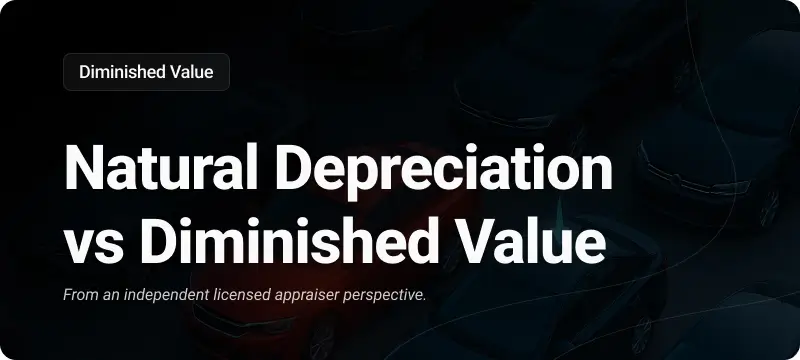Volkswagen just revealed three futuristic EVs at Auto Shanghai 2025—the ID. ERA, ID. EVO, and ID. AURA. They look ready for production, packed with cutting-edge tech, and built on new design partnerships with Chinese automakers.
But there’s a catch: none of these models are coming to the U.S.
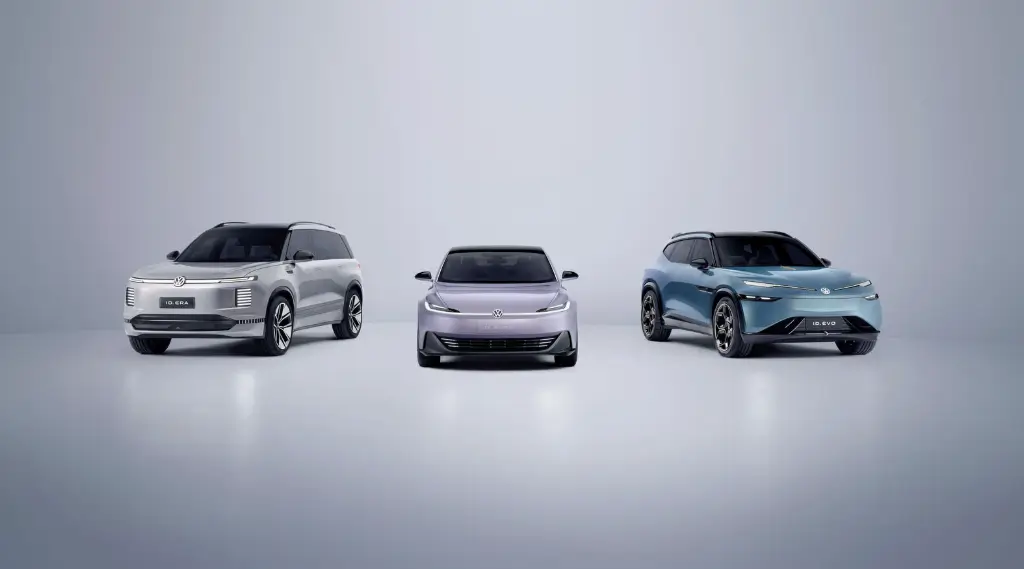
In this article, you’ll get a close look at each new EV, from performance and design to the tech inside. You’ll also learn why VW is launching them only in China, and what this move signals about the company’s global strategy for electric vehicles. By the end, you’ll understand how China is shaping the future of VW’s electric fleet—and what it could mean for U.S. drivers down the road.
Volkswagen’s Strategic Pivot to the Chinese EV Market
China is the world’s largest EV market. Automakers know it, and VW is acting accordingly.
In April 2025, VW announced it would launch 30 new vehicles in China over the next two years. This is more than just expansion—it’s a full-on pivot toward a fast-moving, tech-driven market where local brands like BYD, Nio, and XPeng dominate. VW isn’t just competing with Tesla anymore. It’s going up against a full field of domestic electric disruptors.
To stay competitive, VW is partnering with Chinese companies like SAIC, FAW, and VW Anhui. These partnerships allow for rapid design iterations, deep localization, and new tech like zonal electronic architecture, which we’ll cover in detail below.
The three new EV concepts—ID. ERA, ID. EVO, and ID. AURA—are the first big step in this China-first strategy.
Meet VW’s Three New EVs: ID. ERA, ID. EVO, and ID. AURA
Volkswagen didn’t just show off wild concepts at Auto Shanghai 2025. These three EVs look production-ready and hint at exactly where VW is heading in China’s electric car market.
ID. ERA – A Long-Distance, Family-Ready SUV
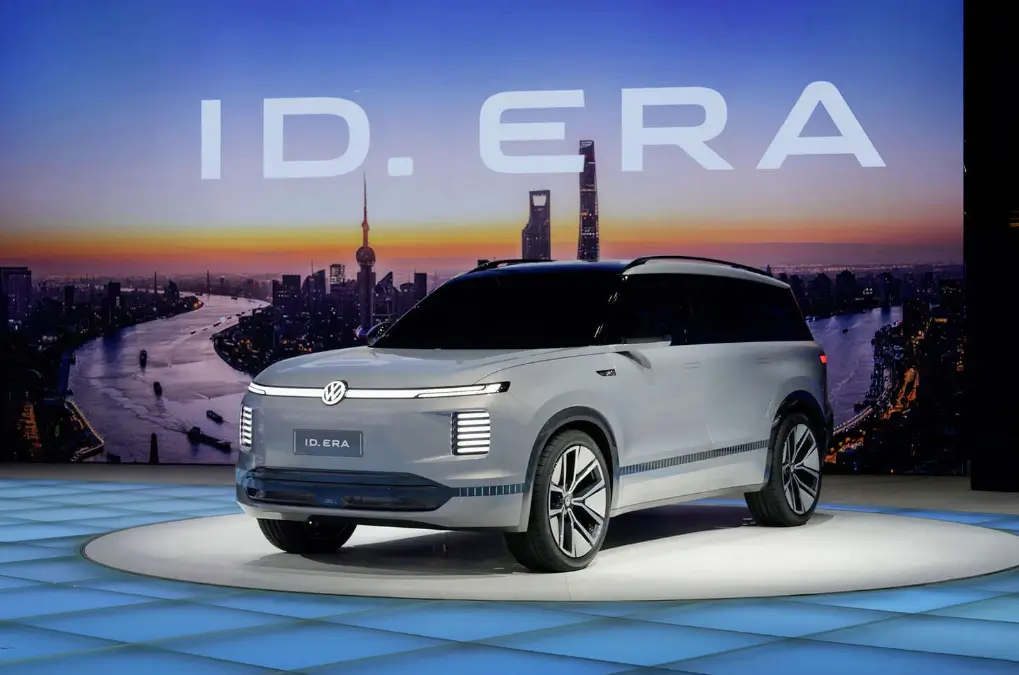
The ID. ERA is a full-size SUV built for comfort, space, and long-haul travel. It comes with three rows of seating and a unique dual-power setup: a battery plus a generator.
- Total range: 1,000 kilometers (621 miles)
- Electric-only range: 300 kilometers (186 miles)
This design makes it ideal for Chinese families who travel across large distances, especially in areas with limited charging infrastructure. The exterior leans toward clean, modern SUV lines, while the interior likely emphasizes versatility and passenger comfort—though VW hasn’t revealed interior photos yet.
ID. EVO – Sleek, Sporty, and Built for Younger Drivers
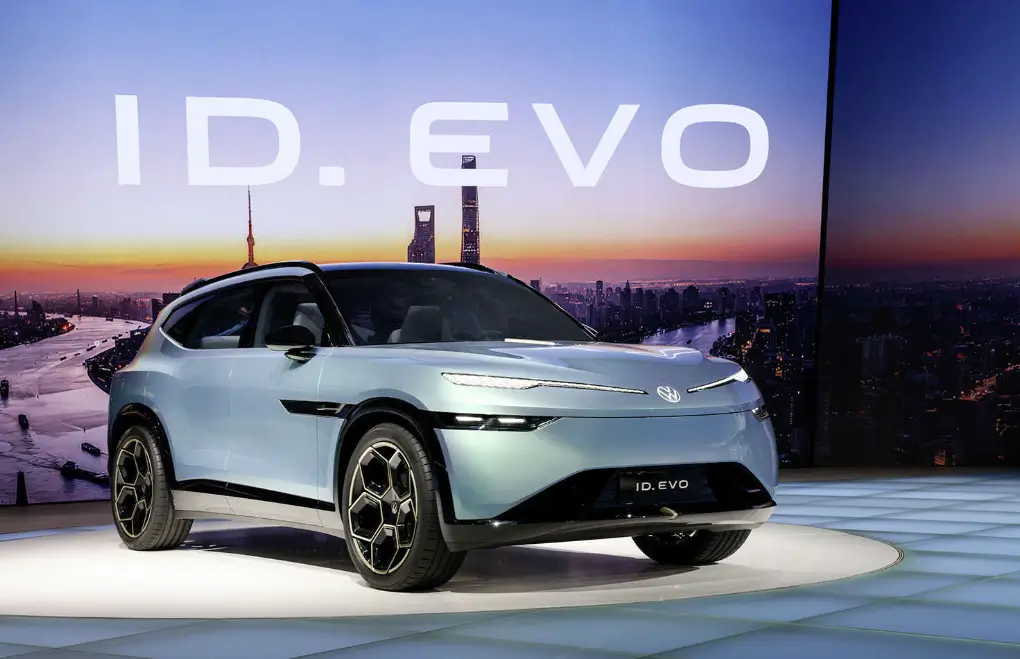
Compared to the serious tone of the ERA, the ID. EVO is designed to turn heads.
It’s aimed at younger, lifestyle-conscious buyers who value bold styling and tech-forward features. Developed with VW Anhui, the EVO carries a more upright, athletic stance. It looks a bit like a refined version of the VW Atlas, but sharper and more urban.
Key features:
- 800-volt architecture for faster charging
- Over-the-air (OTA) updates, similar to what Tesla offers
- Designed for individuality, not just utility
This SUV is clearly trying to blend performance, connectivity, and visual appeal—especially important in China’s younger EV buyer demographic.
ID. AURA – A Notchback Sedan With Big Tech Ambitions
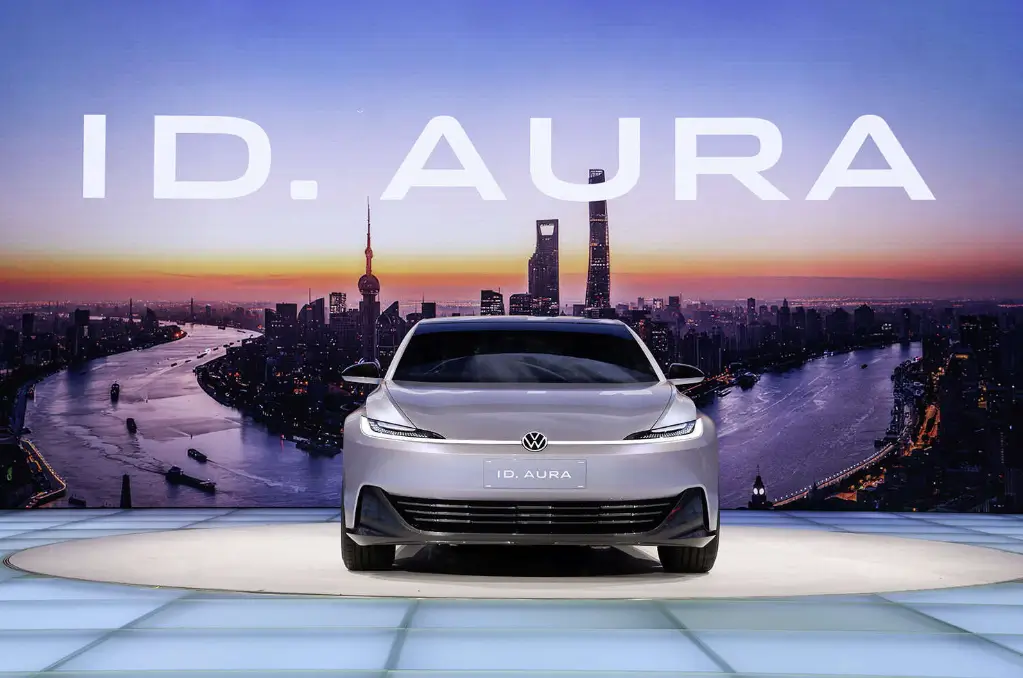
While SUVs dominate the EV market, VW isn’t giving up on cars. The ID. AURA proves it.
This futuristic sedan was built with FAW-Volkswagen and debuts something major: VW’s first use of zonal electronic architecture, called the Compact Main Platform (CMP).
What makes zonal architecture special?
- It breaks a car’s electrical system into “zones” instead of relying on one central brain.
- This design simplifies manufacturing and repairs.
- It reduces wiring and moving parts—making the car more software-driven and less hardware-heavy.
The ID. AURA is also expected to support AI-assisted driving functions and real-time data integration. Visually, it sports a notchback shape, aggressive LED lighting, and large alloy wheels—blending elegance with futuristic design cues.
The Technology Shift: VW Embraces Software-Defined Vehicles
All three concepts reflect a major shift for Volkswagen: a transition to software-defined vehicles, where code and connectivity matter as much as hardware.
This isn’t just about sleek screens or fancy features. It’s about giving the car a brain that can grow over time.
VW’s new zonal architecture, first appearing in the AURA and eventually in other models, is the company’s answer to what Tesla and Rivian are already doing. It decentralizes the car’s computing systems, cuts down complexity, and makes updates easier—like installing new apps on your phone.
In fact, VW’s recent $5 billion investment in Rivian gave them key insight into how this tech works. Now, with the ID. AURA and EVO, they’re starting to apply that knowledge to real vehicles.
Why These EVs Are Staying in China
Despite their sleek designs and advanced tech, none of these vehicles are heading to the U.S. market—at least not anytime soon. And that’s by design.
Here’s why:
- Tailored to Chinese consumers: These models reflect local design trends and buyer expectations. Chinese drivers often prioritize rear-seat comfort, futuristic styling, and embedded tech features like WeChat integration—needs that differ from U.S. preferences.
- Built through joint ventures: Each EV was developed with Chinese partners (SAIC, FAW, VW Anhui). That means production is optimized for local regulations, supply chains, and pricing models that don’t translate easily abroad.
- Regulatory differences: Safety, software, and emissions standards vary significantly between China and the U.S. Redesigning a vehicle to meet both is expensive and time-consuming.
- Strategic focus: VW is using China as a testing ground for EV innovation. The country’s fast-paced adoption and competitive landscape make it ideal for launching new platforms.
Put simply: these vehicles are China-first by intention—not an oversight.
What This Means for VW’s Global EV Strategy
Even if you’ll never drive an ID. ERA, EVO, or AURA in the U.S., their launch still matters.
They reveal how VW is rethinking its entire approach to EVs—especially in software, design agility, and cross-border development. China’s market is pushing VW to move faster, think smarter, and innovate deeper.
That will likely shape what future global models look like.
- Zonal architecture could soon power VW’s next-gen EVs in Europe and North America.
- OTA updates may become standard across the lineup.
- More localized models may emerge as VW responds to unique regional demands.
This trio of vehicles isn’t just about selling more cars in China. It’s a glimpse at how VW is reinventing itself for a tech-driven, software-first future—and China is simply where that transformation begins.
Final Thoughts: China Gets the Future First
Volkswagen’s launch of the ID. ERA, EVO, and AURA is more than a regional product release—it’s a strategic message. The future of the brand’s electric lineup will be shaped in China, refined there, and possibly exported later.
For now, American drivers can only watch from the sidelines. But what VW is building in China today may influence what arrives on U.S. roads tomorrow—especially when it comes to smart software, bold design, and the evolution of the electric car from machine to mobile computer.
As automakers shift from hardware to software, China’s EV scene is becoming the global proving ground. VW is all in—and this trio of EVs is just the beginning.


